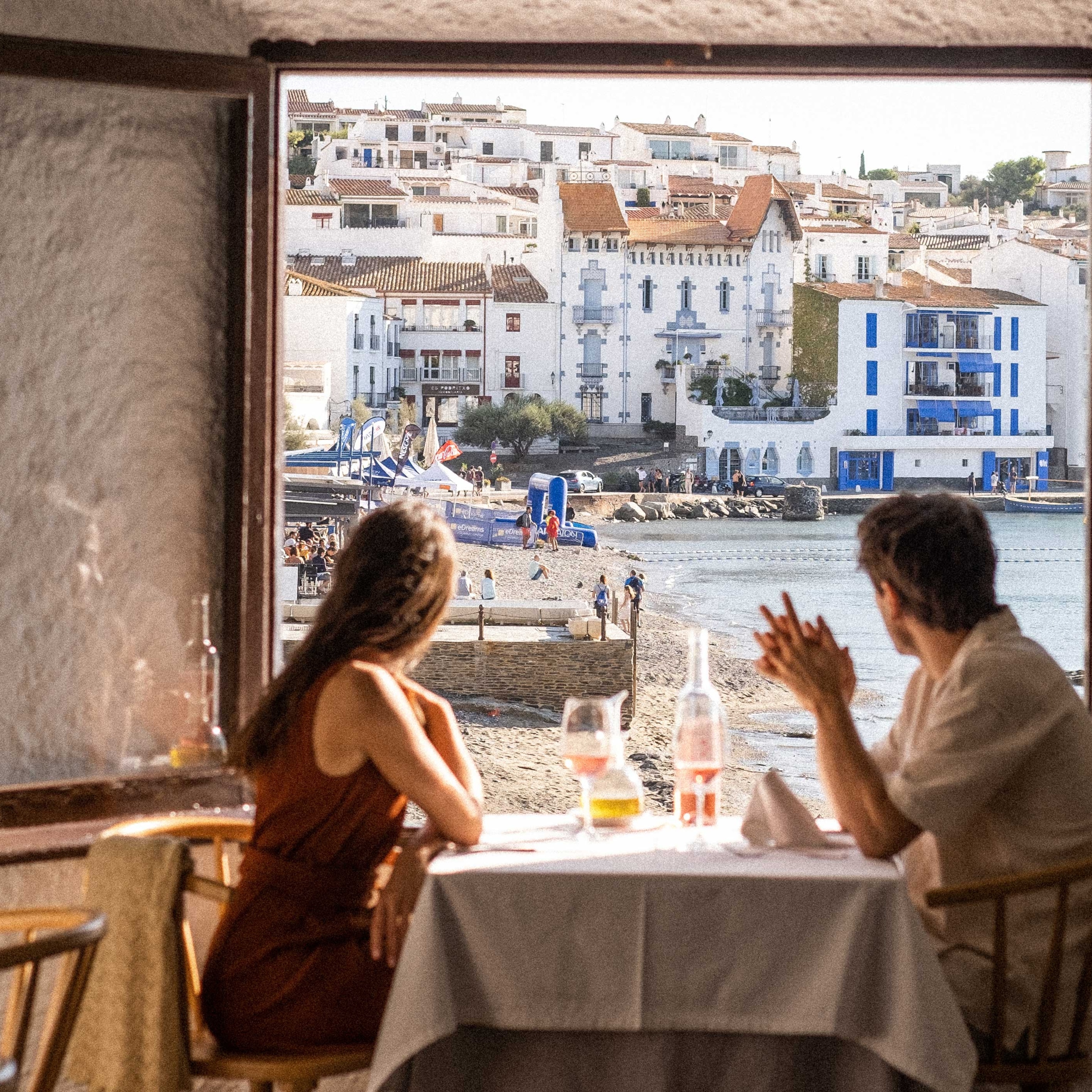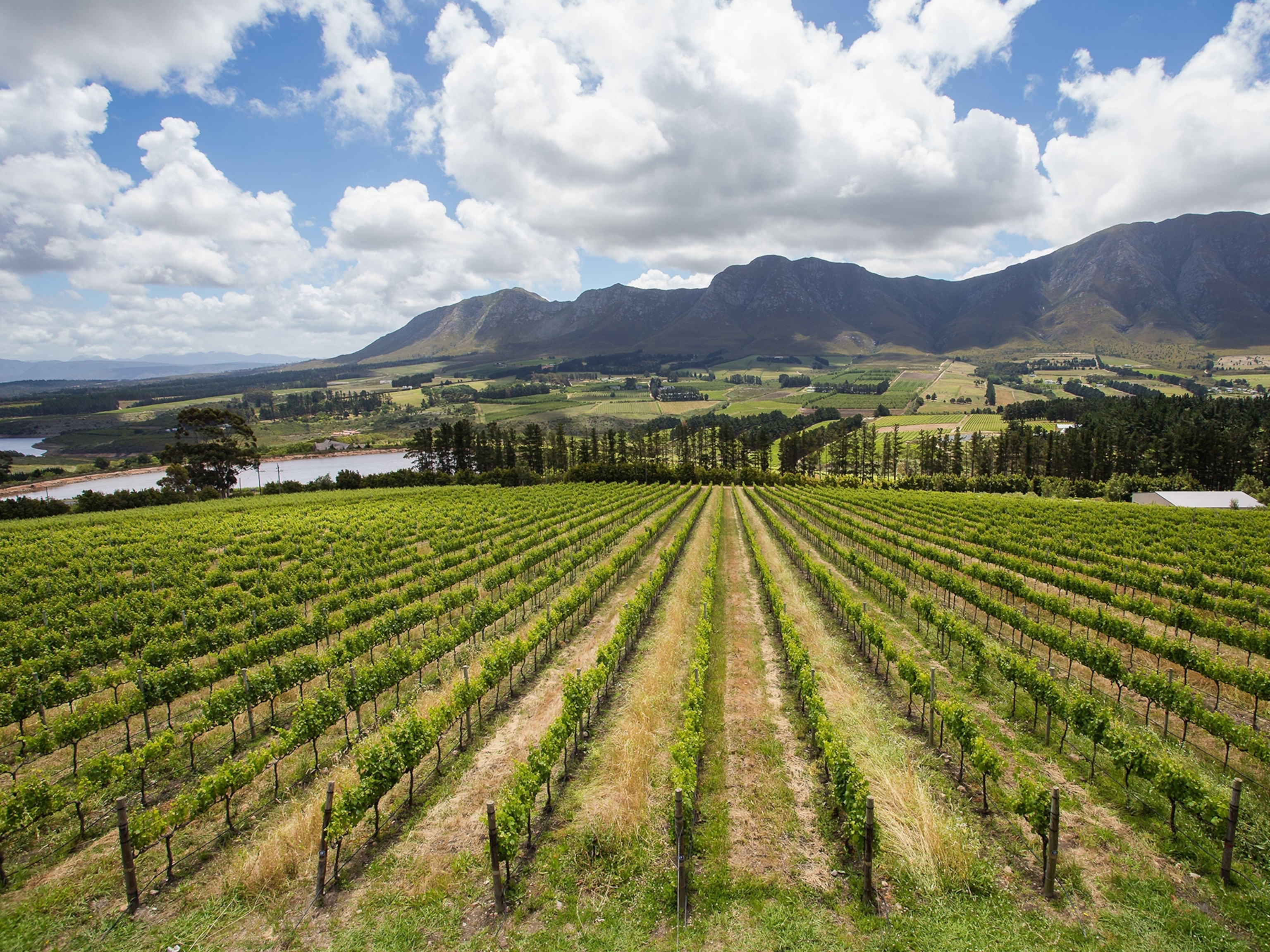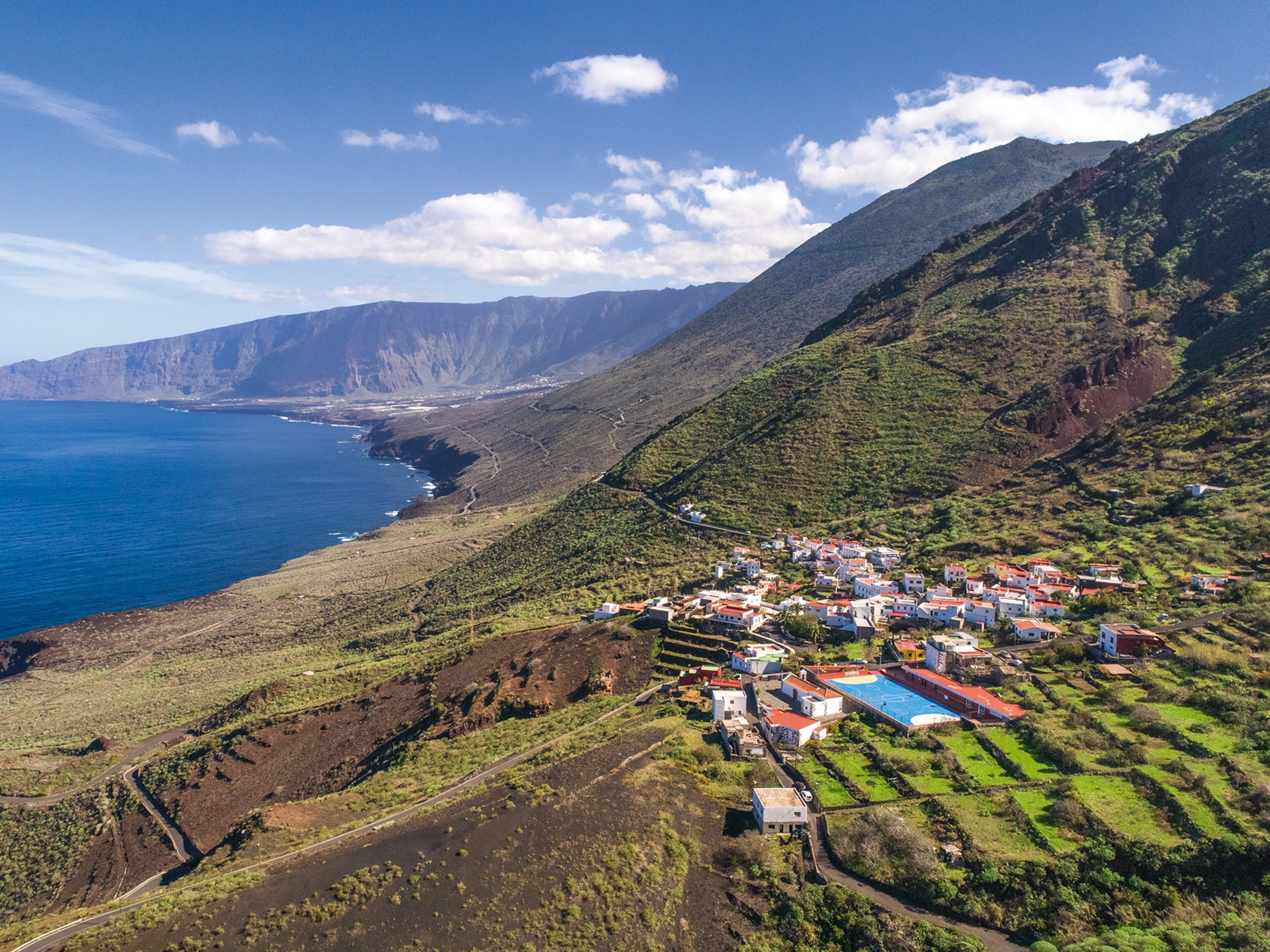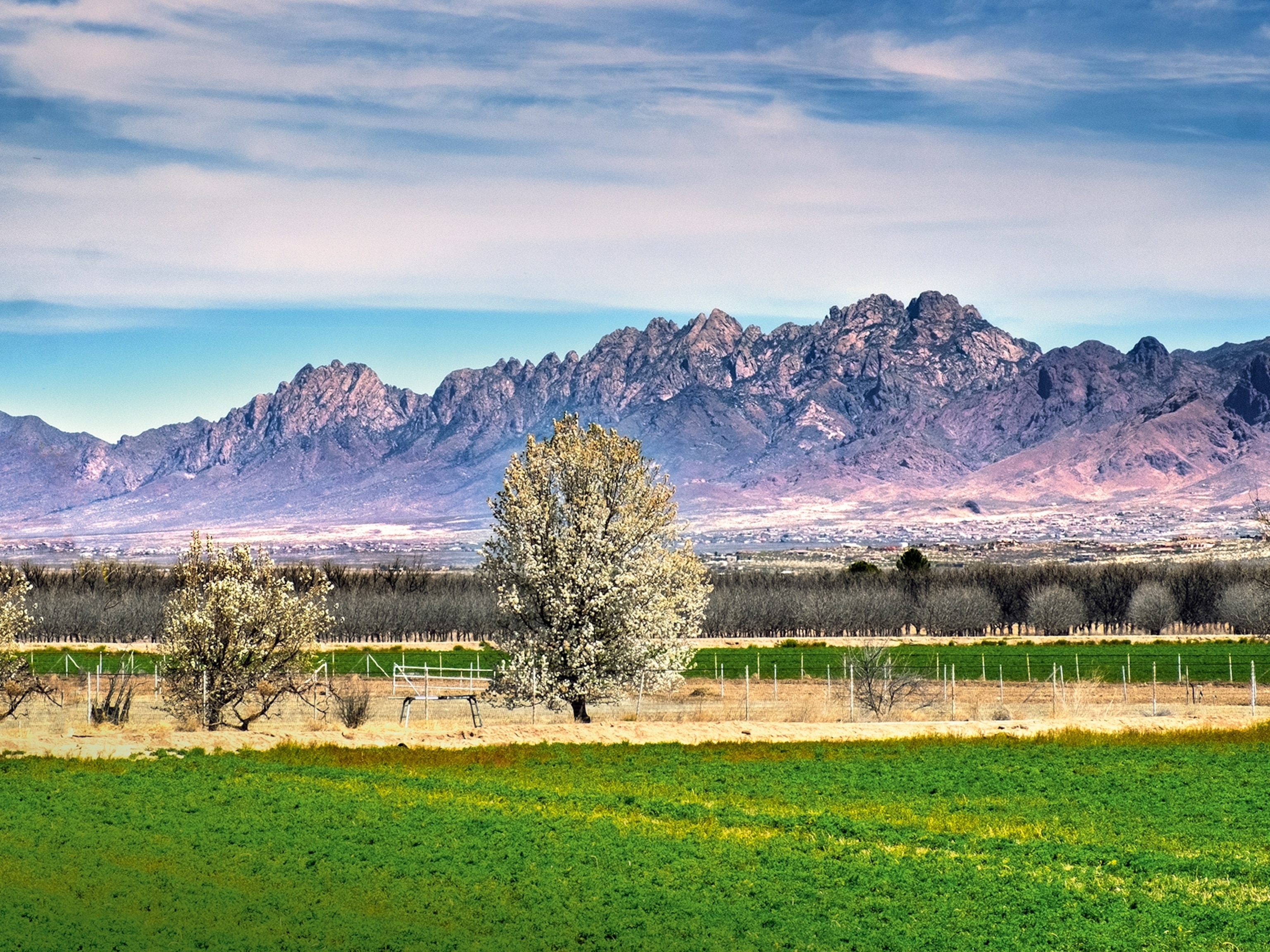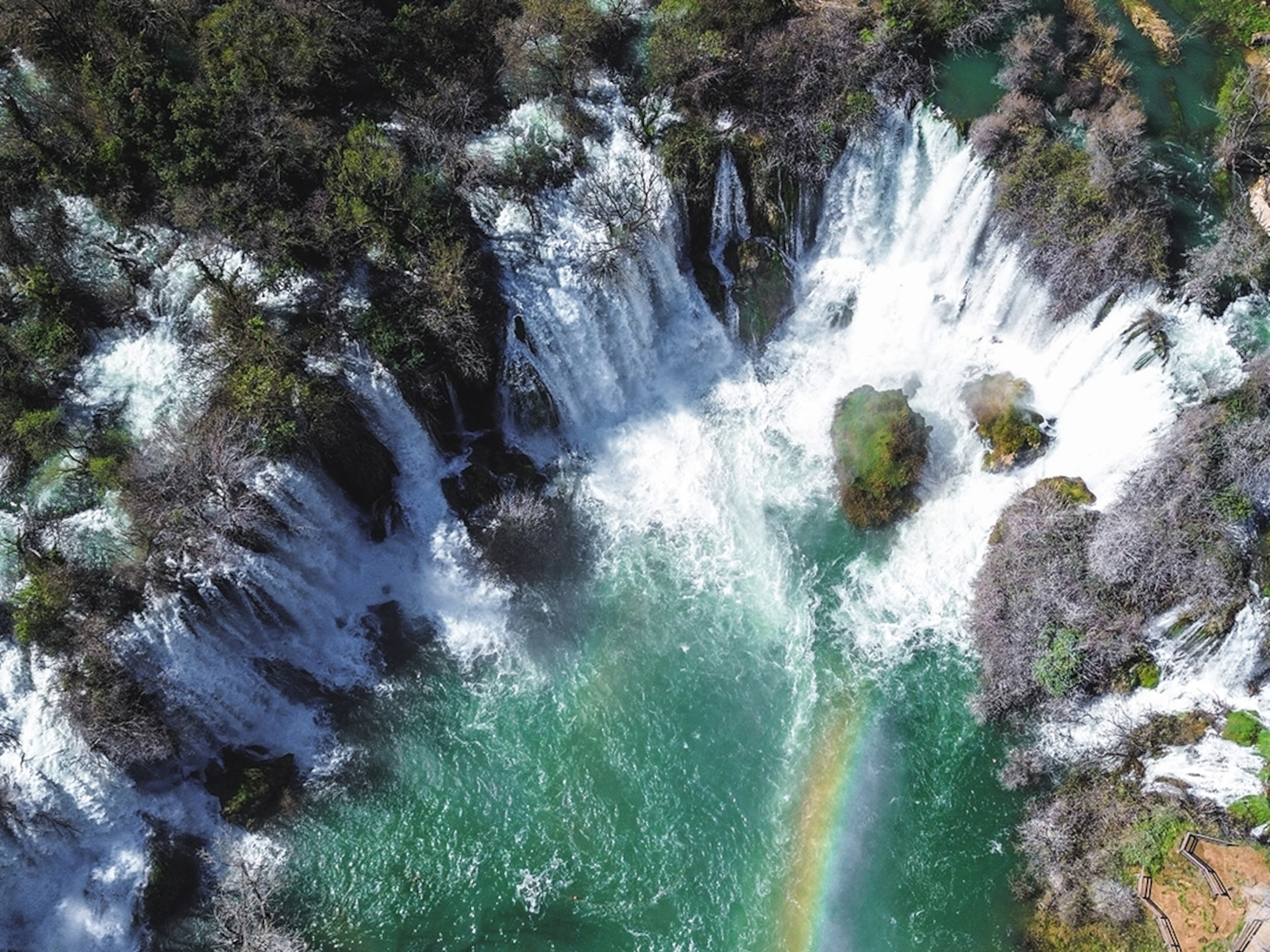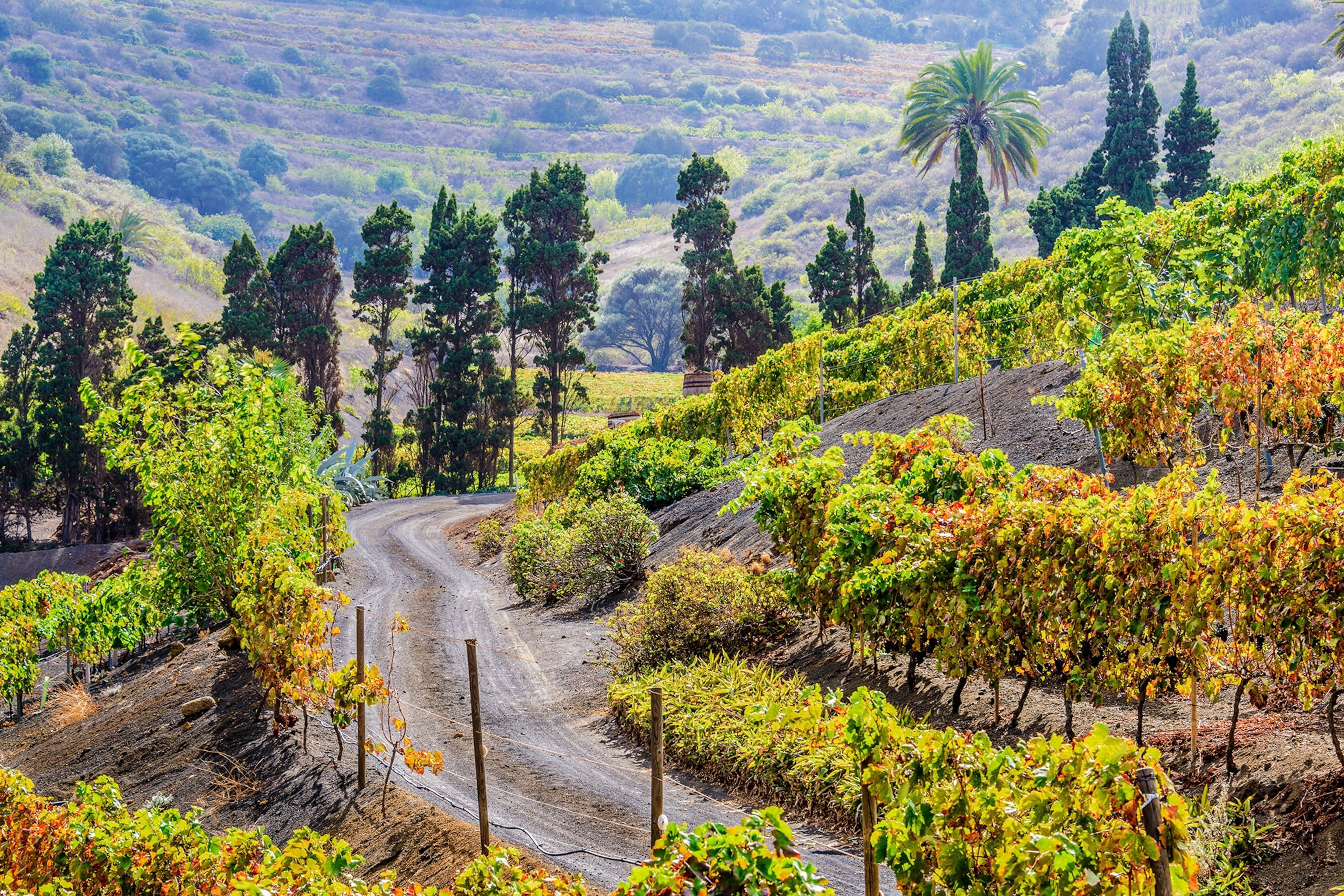
5 of the best wineries on the Gran Canaria Wine Route
Gran Canaria’s diverse landscapes and distinct microclimate allow for excellent grape-growing. Journey along this wine trail to find the region's best vineyards, bodegas and restaurants, as well as outstanding views.
Gran Canaria might not be the first place you think of when it comes to wine, but vines have been growing here since the Spanish colonised the island in the 15th century. Due to the island's distinctive microclimate and volcanic soils, grapes grow incredibly well, and the Canarian archipelago lays claim to 18 unique grape varieties, including the famous Malvasía Aromática — featured in some of Shakespeare’s famous works. Though red varieties make up about 70% of Gran Canaria's wine production, connoisseurs should keep an eye out for local white, rosé, sparkling and sweet wines, too. The best way to sample them? By taking to the trail on the Gran Canaria Wine Route — the only official wine route in the Canary Islands — which includes vineyards, bodegas, bars and restaurants that produce or serve local wines. Here are five of the best stops.
1. Bodegas Bentayga
Gran Canaria’s vineyards can typically be found either in the low-lying north of the island or its mountainous centre. It doesn’t get more cloud-reaching than Bodegas Bentayga, which, at 4,232ft above sea level, is the island’s highest winery. It’s well worth traversing the twisting mountain roads for both the views and the vines. The winery here produces the renowned Agala red and white wines, the names of which correspond to the altitude at which the grapes were grown. Among these grape varieties are the interesting Vijariego Negro, used for their Tinto Barrica 1175 (featuring notes of cherry, cranberry and cassis), and Vijariego Blanco Diego, which goes into the fresh and fruity Blanco Altitud 1318 (with notes of green apple, lime and fennel).
Don’t miss: Less than a 30-minute drive away is Roque Bentayga. This soaring monolith was the final stronghold for the island’s Indigenous people until the arrival of Castilian troops at the end of the 15th century. You can walk close to the summit, where you’ll spot mysterious engravings on the rock that still baffle experts today.
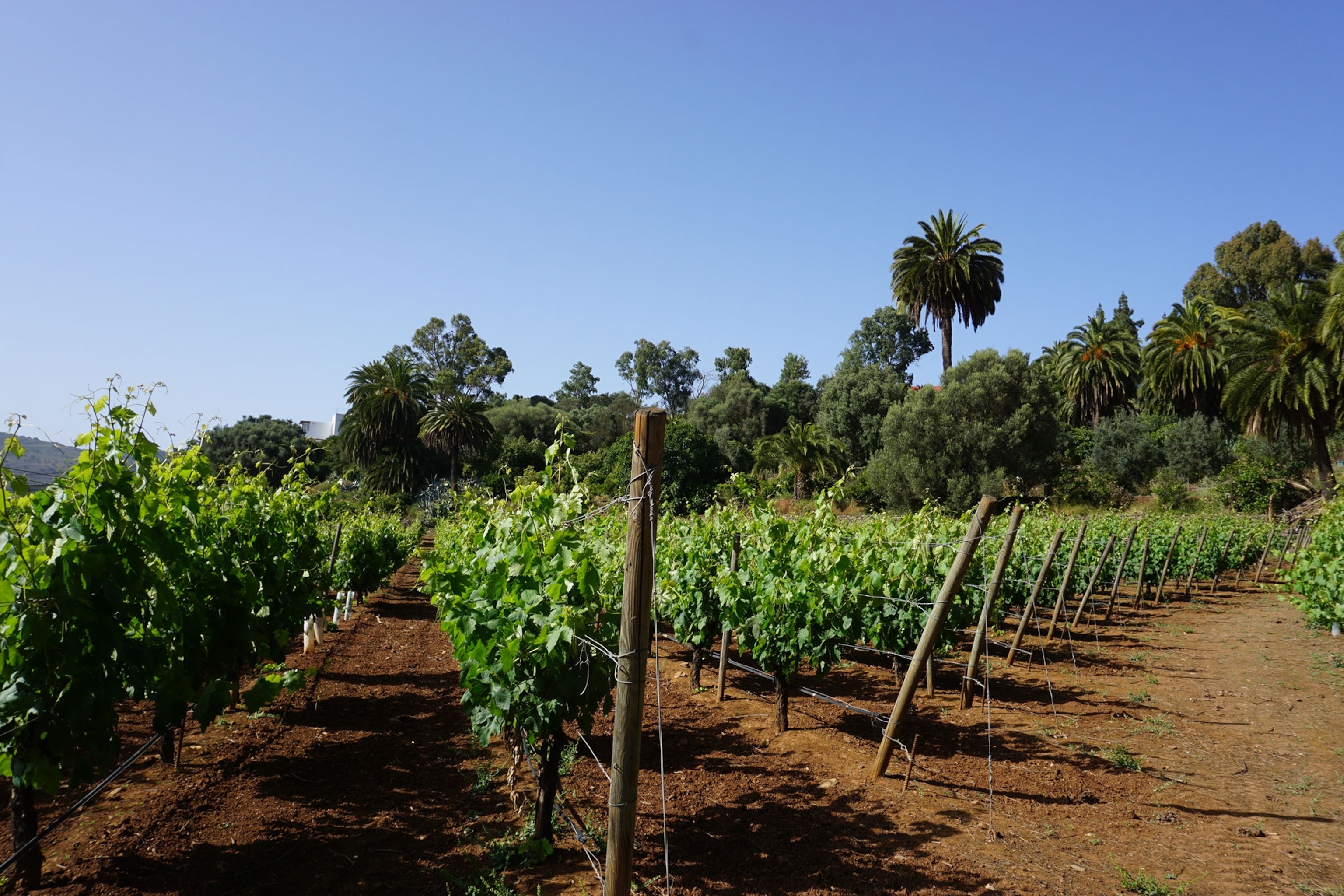

2. Finca Escudero
In the island’s north east, you’ll find the handsome village of Santa Brígida and Finca Escudero. This idyllic estate doesn’t only grow grapes, but also has an extensive olive grove with Arbequina and Picual varieties, which are used to make the estate's signature peppery olive oil. Interestingly, Finca Escudero is one of the only vineyards on the island where the main grape variety isn’t native to the Canaries. The vineyard primarily grows the classic Spanish Tempranillo grape, which is used to produce rioja. The vineyard has recently planted some Canarian Marmajuelo grapes, so white wines using this variety should be ready to try soon. These wines are typically fresh, with flavours of melon and grapefruit.
Don’t miss: Every weekend, Santa Brígida — a spot popular with tourists back in Victorian times — hosts an agricultural market where you’ll find wine and homebrewed beers, as well as a variety of cheeses and preserves. Nearby is the Casa del Vino, a small museum and restaurant that serves local wines and typical Canarian plates, such as gofio escaldado — a mix of toasted corn flour, fish stock and fresh mint often served with large slices of red onion that can be used in place of spoons to scoop up the dish.
3. Bodega San Juan
Founded in 1912, Bodega San Juan has been in the same family for five generations and is one of the oldest wineries on the island. It’s located near Bandama, formally known as Monte Lentiscal, the oldest wine region of Gran Canaria. The volcanic topsoil in this area, a mixture of tiny stone and ash granules known as picón, allows for excellent vine drainage and imparts mineral properties to the wines. San Juan’s Mocanal red wine is a blend of the classic Canarian grape varieties Listán Negro (which brings out notes of sour cherry, raspberries and black pepper) and Negramoll (providing red berry flavours).
Don’t miss: On a guided tour of the vineyard, you’ll not only get to taste the wines, but also look around the impressive estate. This includes an intriguing wine museum where you can learn about processes of wine-making that date back more than a century.

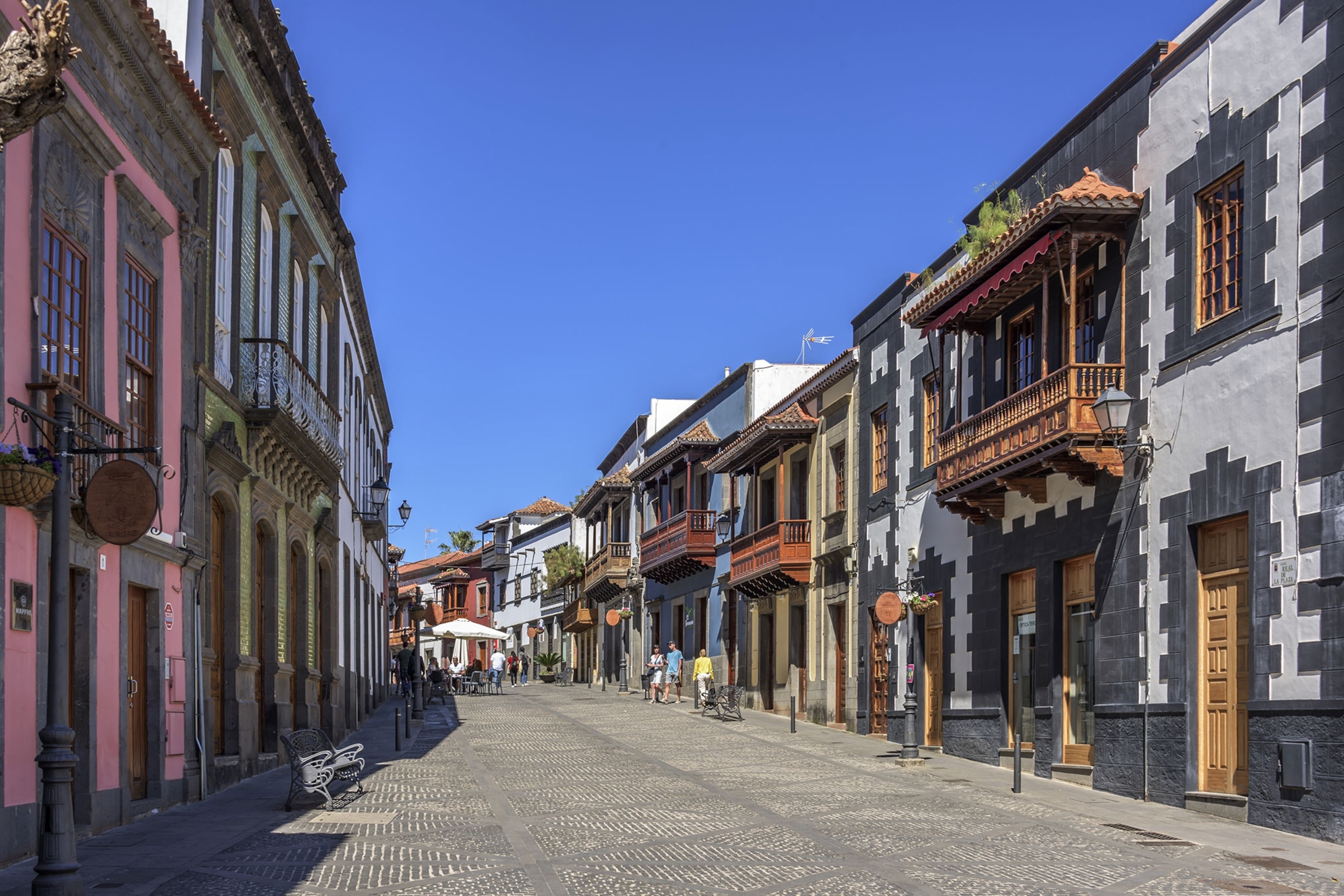
4. Bodega La Montaña
This 40-year-old family-run winery is all about the gastronomic experience. Not only does Bodega La Montaña produce a range of environmentally responsible wines, including an excellent sweet white wine, but they also run a bochinche — a pop-up vineyard restaurant that typically opens around the end of the grape harvest. Along with wine tastings, you can enjoy classic Canarian cuisine, such as garbanzada (chickpea stew) and papas arrugadas (salted, wrinkly potatoes) along with their homemade wines. It’s about as authentic as you can get in these parts and incredibly good value.
Don’t miss: Each weekend, the nearby town of San Mateo comes alive with two markets — one agricultural (selling fruit, vegetables, pastries, flowers and more) and one craft (selling aloe vera products, traditional handicrafts etc). The latter is the ideal place for picking up a souvenir.
5. Bodega Las Tirajanas
The largest winery on the island, Las Tirajanas is run like a cooperative, with 17 family-operated vineyards located around the island contributing grapes. These vineyards experience different microclimates and are located across varied landscapes — in the south, vineyards are surrounded by palm groves and olive trees, while vineyards in the island's midlands are located at high-altitude on volcanic slopes. There are 11 different wines to choose from here, including a crisp, fruity rosé made with Listán Negro grapes, packed full of bright raspberry flavours. Like many Canarian wines, you’ll find this variety is best drunk young to make the most of the ripe fruit notes. Guided tours and tastings are available from Tuesday to Saturday.
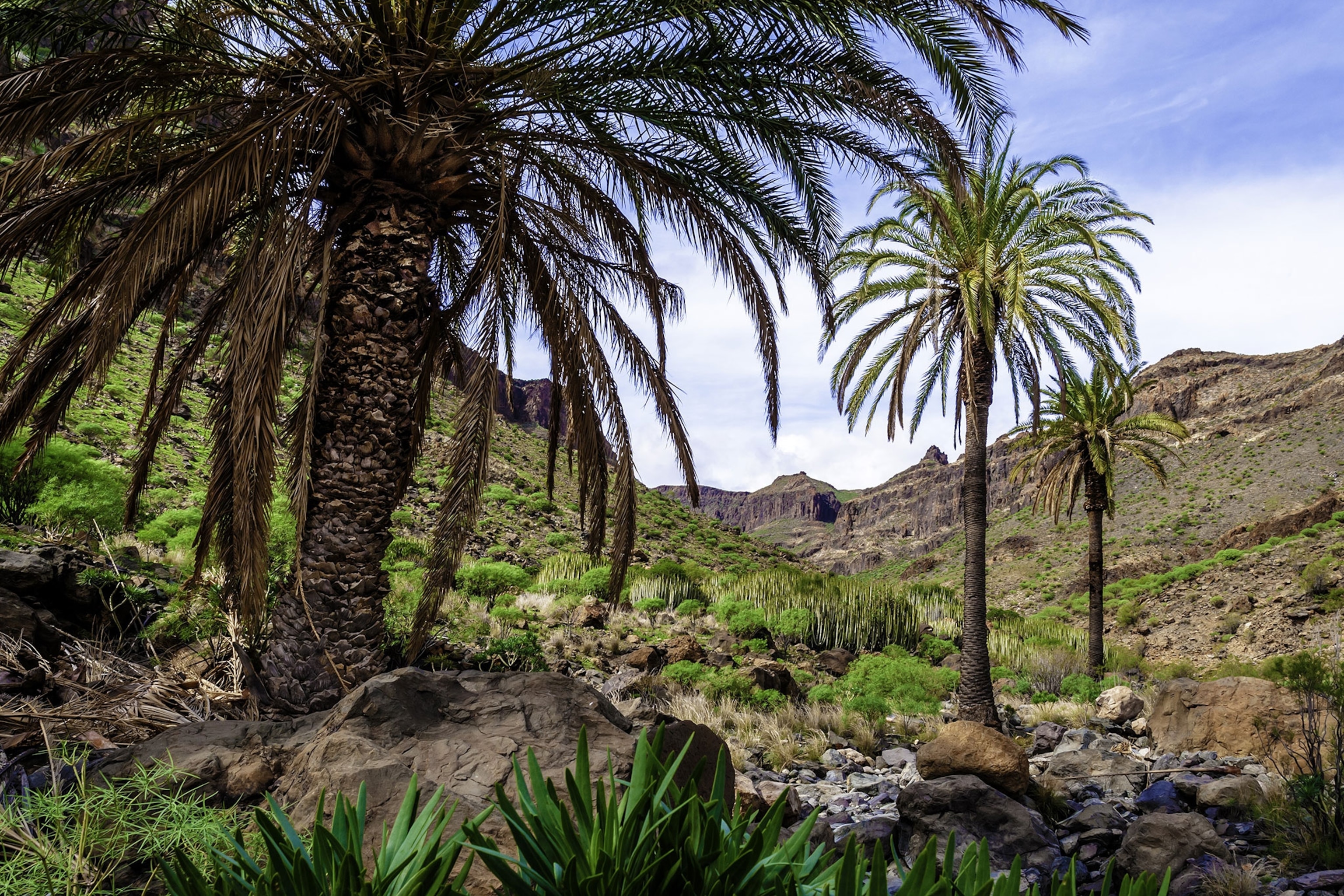

Don’t miss: Gran Canaria has been designated as a Starlight Tourist Destination due to its clear, dark skies. On the main road from Bodega Las Tirajanas to Maspalomas, you’ll come across the Mirador Astronómico de la Degollada de las Yeguas, a perfect spot for stargazing when the sun goes down.
Many major airlines fly direct from the UK into the island’s only airport, Gran Canaria Airport. Car hire is inexpensive and the easiest way of getting around. Reputable local brands include Cicar and Tirma. Frequent buses also cover the whole island. For more information, visit grancanaria.com
To subscribe to National Geographic Traveller (UK) magazine click here. (Available in select countries only).

